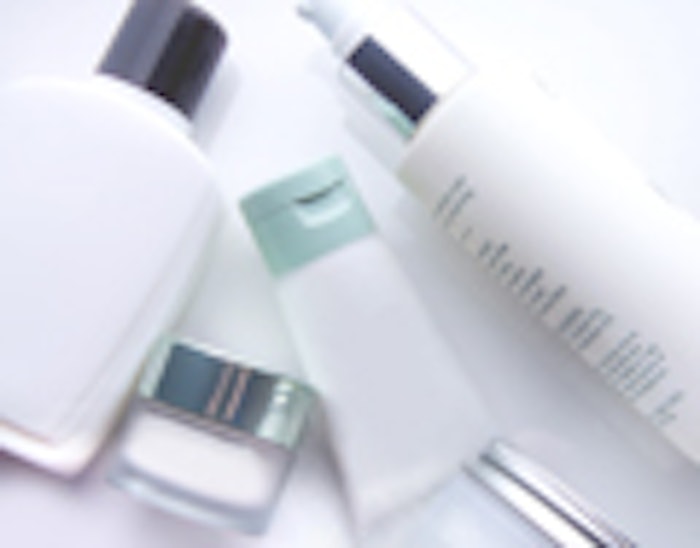
On Nov. 16, 2007, the U.S. Food and Drug Administration (FDA) announced that it had seized 12,682 applicator tubes of a product called Age Intervention Eyelash, worth approximately $2 million. The FDA, in its press release, alleges that the distributor was promoting the product’s use to increase eyelash growth, i.e. a drug use, and the FDA had not approved that use for this cosmetic product. This seizure is one of several enforcement actions or warnings issued by the agency in 2007 to companies for making unapproved drug claims on cosmetic-type products. Typically, these claims arise from representations of a product’s ability to provide a therapeutic or prophylactic benefit—claims usually found on the product labeling or on other promotional materials, including distributor Web sites. Once the line is crossed and a cosmetic is promoted as providing therapeutic or prophylactic uses or benefits, that product triggers FDA regulations governing drugs or products containing drugs. If those promoted uses or benefits were not pre-authorized by the FDA, then they are considered false and misleading, and the product is deemed misbranded. As the FDA’s recent actions suggest, the cost of noncompliance is high.
What’s a Cosmetic? What’s a Drug?
Discussions related to labeling issues begin with an understanding of the legal definitions of “cosmetic” and of “drug.” A “cosmetic” is an article intended to be applied to the human body for “cleansing, beautifying, promoting attractiveness, or altering the appearance without affecting the body’s structure or functions.” Products such as shampoos, perfumes and makeup fit this definition; however, not all products meeting this definition are cosmetics. Consider soap. Certain soap products, consisting primarily of an alkali salt of fatty acid and that do not make use claims other than for cleansing the human body, are not regulated as cosmetics.
A “drug” is defined in the Food, Drug and Cosmetic (FD&C) Act as an article “(A) intended for use in the diagnosis, cure, mitigation, treatment, or prevention of disease ... and (B) articles (other than food) intended to affect the structure or any function of the body of man or other animals.” Before a new drug can be marketed legally, it must be approved by the FDA as safe and effective.
But certain cosmetics satisfy both definitions. A product that is intended for use as a cosmetic but that is also intended for use to prevent or treat a disease or to affect the structure or function of the human body is regulated as a drug and as a cosmetic. The question to ask is whether the cosmetic product can exert a physical as well as a physiological effect on the user. If it can, then likely the cosmetic product is subject to both drug and cosmetic regulations. Toothpaste containing fluoride and shampoos containing an antidandruff treatment are two such examples.
A cosmetic’s intended use plays a key role in determining whether that product triggers the drug regulations. Intended use can be ascertained by reviewing claims on labels, promotional materials and Web sites. Consumer expectation and perception of a product’s intended use goes toward establishing that concept.
This threshold determination is important if a company intends to market a cosmetic in a way that touts certain uses or benefits that could fall within the drug definition. Cosmetics are not subject to premarket approval by the FDA. Premarket approval is the process where the FDA requires scientific review to ensure the safety and effectiveness of products it oversees. Drugs, on the other hand, are subject to FDA approval, either through the premarket approval process or because the FDA currently recognizes certain drugs or drug ingredients as safe and effective and publishes this recognition in monographs. These monographs identify how certain nonprescription drugs can be used without further premarket approval and what ingredients may be used to make them.
For a company to allege that its cosmetic product provides a benefit or use that meets the definition of a drug, that company must have either done the necessary premarket review with the FDA, or the product or ingredient thereof must be covered by an existing FDA monograph and used in a pre-approved way. Absent that, any representations of a cosmetic product as having an intended use for preventing or treating a disease, or affecting the structure or function of the human body, would be considered an unapproved and misbranded drug.
To continue reading this article, please click here. You will be redirected to GCI magazine's Web site.










